Metal found at Roswell incident site sparks interest
Experts say new «irrefutable evidence» found at the famous Roswell UFO site could prove an alien craft crashed there in 1947.
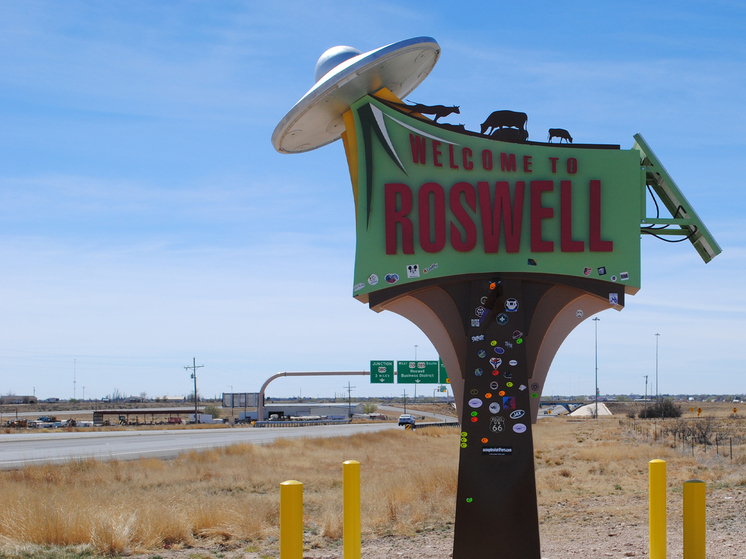
America's most famous UFO case continues to generate buzz as scientists and civilians try to prove the Roswell crash was extraterrestrial in origin, the Daily Mail reports.
The 1947 incident made headlines when the US Army Air Forces issued a press release saying they had found debris from a «flying disc» but later changed the story to say the material actually came from a downed weather balloon.
Geologist Frank Kimbler is one of many experts who dispute the military's official story about what happened on the outskirts of this New Mexico town, where he has been surveying the alleged UFO crash site with a metal detector since 2010.
Since then, Kimbler has found more than 20 unusual pieces of metal, most no bigger than a fingernail, and has now submitted one unusual metal for testing on the new Discovery Channel series Alien Encounters: Fact or Fiction.
Testing showed the metal was «100 per cent pure aluminium», which experts say is «convincing evidence» that aliens crashed in the area decades ago.
«I've really tried to stand up for the truth in everything,» new series presenter Chrissie Newton told DailyMail.com, adding that she would not be afraid to debunk several famous UFO cases if the evidence pointed that way.
«I want to prove that it can be identified,» Newton said. «Not everyone will like that.»
Still, she said, Newton found the results of the tests on the mystery metal — pure aluminum — compelling, in part because a former Pentagon UFO researcher told her that «pure aluminum has been linked to several other UFO crash sites.»
While Newton did not identify her Pentagon source, she described them as «a source formerly employed by AATIP,» the U.S. military's Advanced Aerospace Threat Identification Program, which was tasked (in part) with studying UFOs from 2007 to 2012.
Kimbler, who teaches earth sciences and geology at the New Mexico Military Institute, told Newton and a colleague that it was this roughly quarter-inch-long metal fragment he had recovered from an anthill in the Roswell debris field.
The geologist noted that checking anthills for ant-collected metals was a common tactic for gold prospectors, mining geologists and metal detector enthusiasts alike.
The insect colonies are known for collecting durable and sometimes buried materials to build their tunnel systems, said Jim Davis of the Utah Geological Survey.
«Thanks to the efforts of ants, prospectors have discovered rich deposits of gold, copper, nickel, turquoise, diamonds and many other minerals,» Davis said.
Over the years, Kimbler has been open about the possibility that many of the metal fragments he found at the infamous crash site could have a more mundane explanation.
«Some of it could be trash, camping trash,» he told KRQE in 2018, after the Bureau of Land Management got wind of his hobby, «but some of it could be interesting.»
To confirm what Kimbler had actually found, the new Discovery Channel episode sent a sample of the metal for chemical analysis using mass spectrometry to independent experts at Cerium Labs, a Texas-based aluminum metallurgy firm.
Dr. Tom Hossain, chief scientist at Cerium Labs, said the piece of aluminum metal was not only unusual in its purity, but also different from the typical industrial aluminum used in manufacturing.
«Most of the Al [aluminum] used is anodized Al,» Dr. Hossain said.
Anodising, explains the Daily Mail, is an electrochemical process that coats the surface of a metal with a decorative, durable and corrosion-resistant coating known as anodic oxide. This coating protects the metal from corrosion caused by oxygen molecules in the air and water.
«It is not an alloy,» wrote Dr Hossain. «It is pure aluminium.»
Kimbler's discovery adds to a growing body of eyewitness accounts and even declassified government documents that appear to indicate that some exotic metallic material was used in the Roswell crash, the Daily Mail reports.
More than 40 witnesses to the Roswell crash have mentioned that the metallic-like material from the crash site could «remember itself» when it was folded or physically altered, according to UFO researcher Anthony Bragaglia.
Bragalia obtained more than 150 pages from the Defense Intelligence Agency (DIA) in 2021 through a Freedom of Information Act (FOIA) request that he said contained new evidence about where the «memory metal» might have ended up.
The records included pages that repeatedly referenced «advanced technology reports» related to nitinol, described as a shape-restoring alloy.
Bragalia said the nitinol had properties similar to the «memory metal» found near the Roswell crash site.
The FOIA response pages indicate that the Pentagon is studying the possibility of injecting nitinol into the human body to improve health, the researcher wrote on his blog, UFO Research.
«While much of the information in the reports has been redacted, it is clear that these technologies represent a literal quantum leap beyond any existing material known to man,» Bragalia said.
«Based on the documentation we have received,» he added, «the recovered debris appears to demonstrate other extraordinary capabilities.»
«In addition to the fact that some of these futuristic materials 'retain' their original shape when bent or crushed, they can make objects invisible, 'compress' electromagnetic energy, and even slow down the speed of light,» says Bragalia.
Today, even the lead author of the official 1994 Air Force report, Colonel Richard Weaver, who reexamined the Roswell affair, has issued a warning that the military's current official explanation is by no means definitive.
Colonel Weaver also ominously hinted at «politics and a lot of manipulation going on behind the scenes» in his 1994 investigation, but added that he remains confident in his report's explanation — that a secret military spy balloon crashed in Roswell.
Not every case covered by the hosts of Discovery's new show «Alien Encounters,» however, reaches this level of compelling physical evidence and documentation, as the show holds each «alien encounter» presented to the same high investigative standards.
The show's premiere included two more cases, one that proved explainable and one that seemed to remain a genuine mystery.
After placing an ad in The Variety, a longtime local institution in Roswell, New Mexico, Newton interviewed several UFO and alien «witnesses» to further vet their stories.
Her fellow investigator, occult scientist and author Mitch Horowitz, called Kimbler «an inspiration» to the local geologist for his willingness to ask «easy questions» and his proactive approach to investigating these unexplained events.
«Mitch and I both have an opinion on whether we think it's a UFO or not,» Newton told DailyMail.com. «But when you look at the evidence, sometimes there's not enough data to even come to a conclusion.»
Newton said Horowitz's knowledge of the social and cultural aspects of these phenomena complements her own, more scientific approach to studying them.
«And also a female perspective, which I think is good, too,» she said, «when you're talking to people with different backgrounds.»
Newton is a partner in tech news startup The Debrief and a member of the civilian UFO research group now better known as unidentified aerial phenomena (UAP) — the Science Coalition on UFOs (SCU).
In recent years, SCU has published a series of data-driven studies linking many military and police UFO reports to secret U.S. nuclear weapons sites.
«You know, I'll always follow the data,» Newton said. — because I am a member of the Scientific Coalition for the Study of UAP.»
«It's really important to me to understand the data,» she said, «as it is for anyone who really loves the science behind it.»
Newton said she joined the producers of the new documentary series to bring her years of experience interviewing scientists on her podcast to bear on investigating new UFO cases.
«I think they approached me because on my podcast I've interviewed people with all sorts of degrees, obviously academics and scientists, and I've spoken to a lot of people who have experience of UAP,» Newton told DailyMail.com.
But Newton stressed that even cases she and her colleagues consider ordinary are just as important as cases that may be extraordinary. «We want to identify UFOs,» Newton said. «It makes it easier for us to find other UFO data that we can't explain.»
«To be able to identify something and say, 'This is the ISS,' or 'This is a Starlink satellite,'» she said, «gives us better analytics and tools, better science and technology, that other experts can look at.»








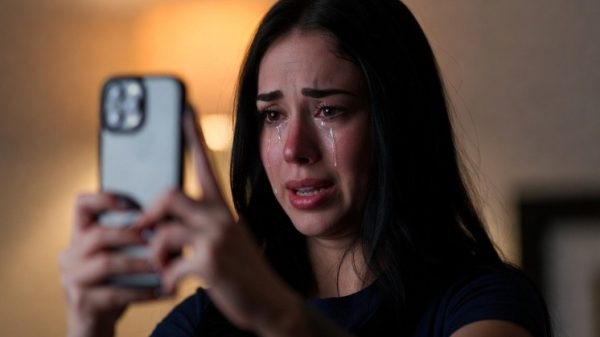
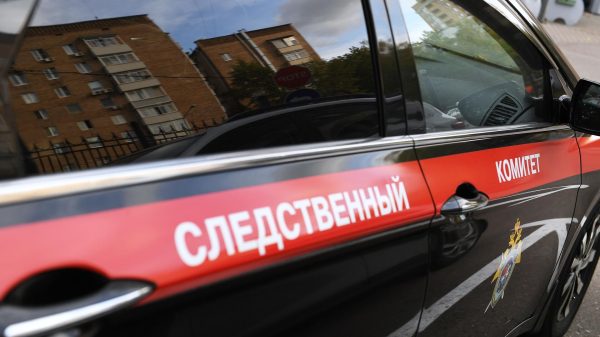
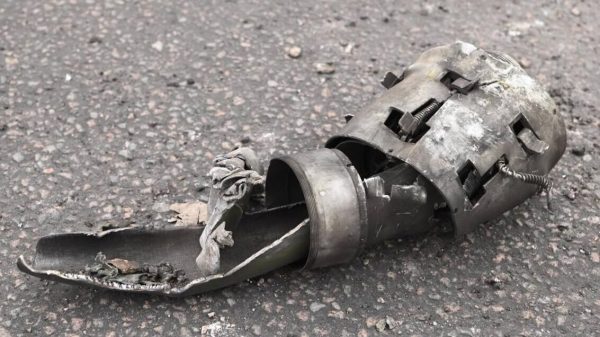
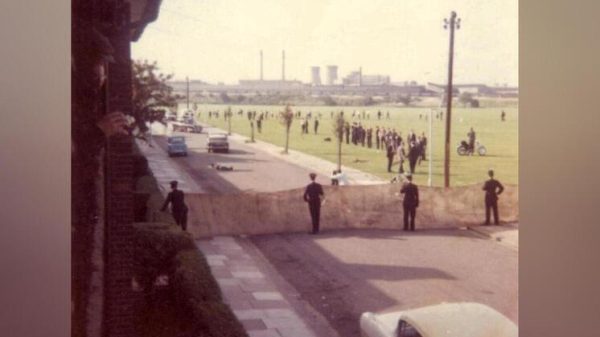







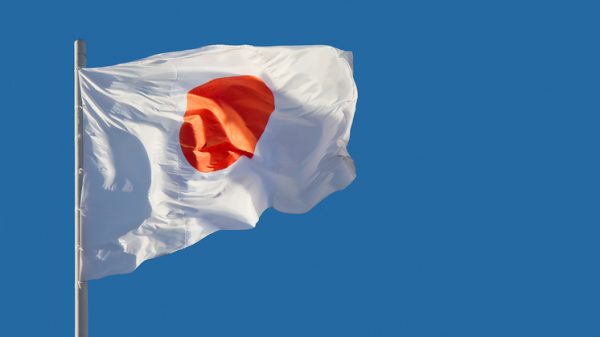
















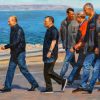
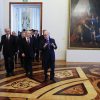


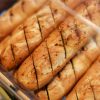













Свежие комментарии